Paul Bursche heads to the Isle of Sheppey, to visit one of the UK’s most significant wildlife havens.
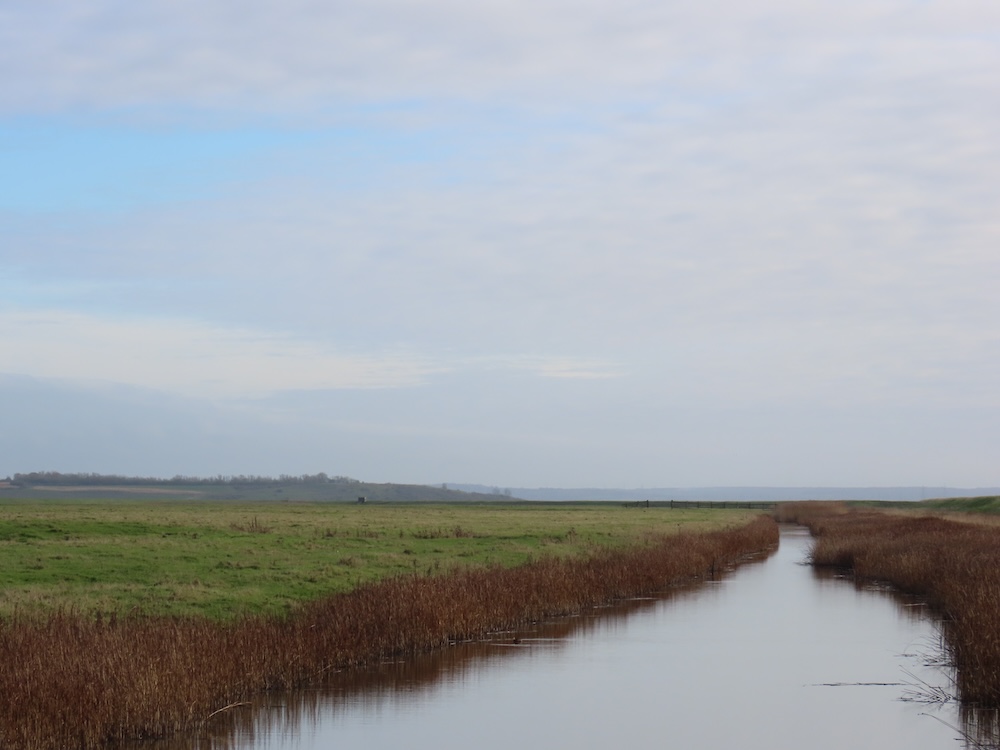
The Spit End Bird Hide at Elmley NNR is an unassuming building — a small garden-shed-sized wooden hut, perched on legs at the side of the sea wall that overlooks The Swale, the stretch of water that separates the Isle of Sheppey from mainland Kent. Inside are just a couple of tiny benches and wooden shutters that open out onto the muddy beach beyond. It is weather-worn and faded, with spider webs and the odd, old bird dropping. There is not much to it at all. Yet in the summer of 2021 — as pandemic restrictions began to wind down — I found myself quite often thinking about it, and wondering when I’d be able to visit again.
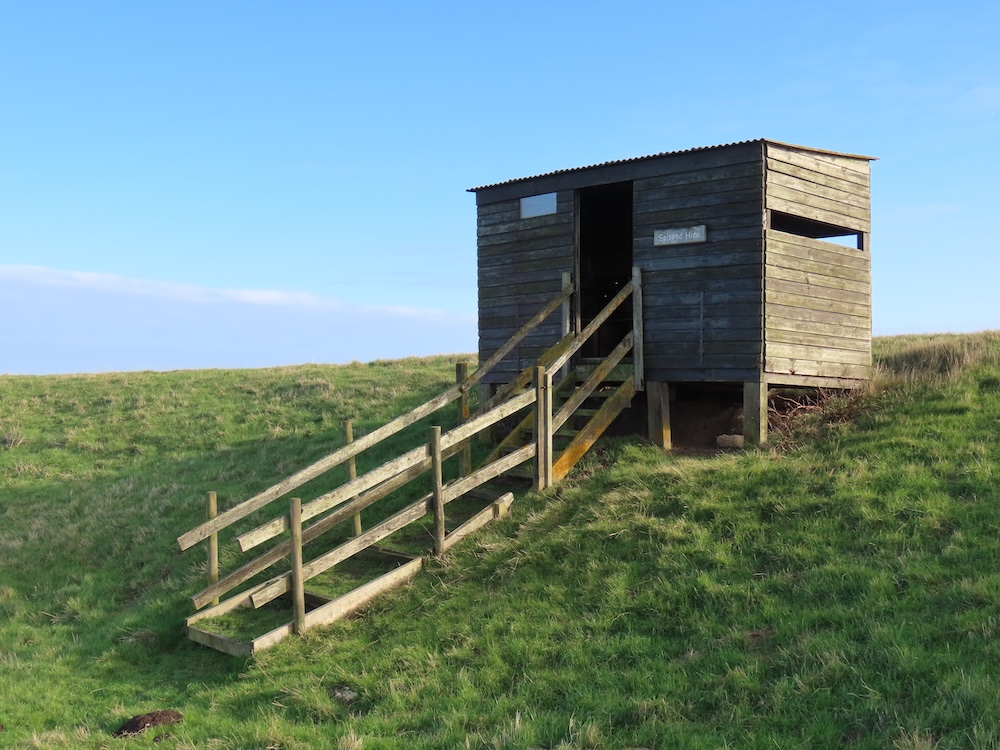
At the gate into Elmley you are greeted by a warden who tells you about the latest sightings, and encourages you to enjoy a safari experience on the 2-mile drive in, using your vehicle as a mobile hide. Once you reach Kingshill Farm and reserve centre, you can take a three-mile walk out alongside the sea wall. The landscape here is huge — Elmley is one of the biggest nature reserves in the UK, at over 3300 acres. The skies are vast and ever-changing and the freshwater marsh is a subtle tapestry of colour, teeming with life. At any time of the year it’s a hike, and the wind is often a factor. In the winter, doing this walk when there is a keen northeasterly and hailstones in the air can seem like you’re taking on the Arctic — and on many days it’s quite possible you might not encounter another person for an hour or two. But that’s the appeal. When you’ve been walking all morning, and there isn’t a person in sight, and all you can hear are the sounds of birds calling and reeds rustling, with that huge sky above, you feel like you’re in a wilderness.
Elmley NNR isn’t a wilderness though, it’s a carefully managed habitat. On a par with its vistas, Elmley is a hugely significant place for wildlife and especially birds in south east England, known for having one of the largest concentrations and diversity of ground-nesting waders in the country. Thousands of ducks over-winter here — with huge numbers of Wigeon among them — and they are joined by flocks of Brent Geese, a beautiful small dark goose which migrates from the Arctic tundra of Siberia, with a cat-like deep and raspy call. Elmley is also a mecca for birds of prey at this time of year; from the moment you enter the reserve you are likely to get a fantastic view of a Marsh Harrier quartering the marsh either side of the track, their large wings held in a shallow V-shape as they glide effortlessly on the wind. This large raptor is known for gathering in communal roosts in the winter, but at Elmley the numbers are staggering — up to 200 birds last winter, the largest roost in the UK and probably Europe. On a winter’s day there might be 15 species of bird of prey seen on the reserve, including five species of owl.
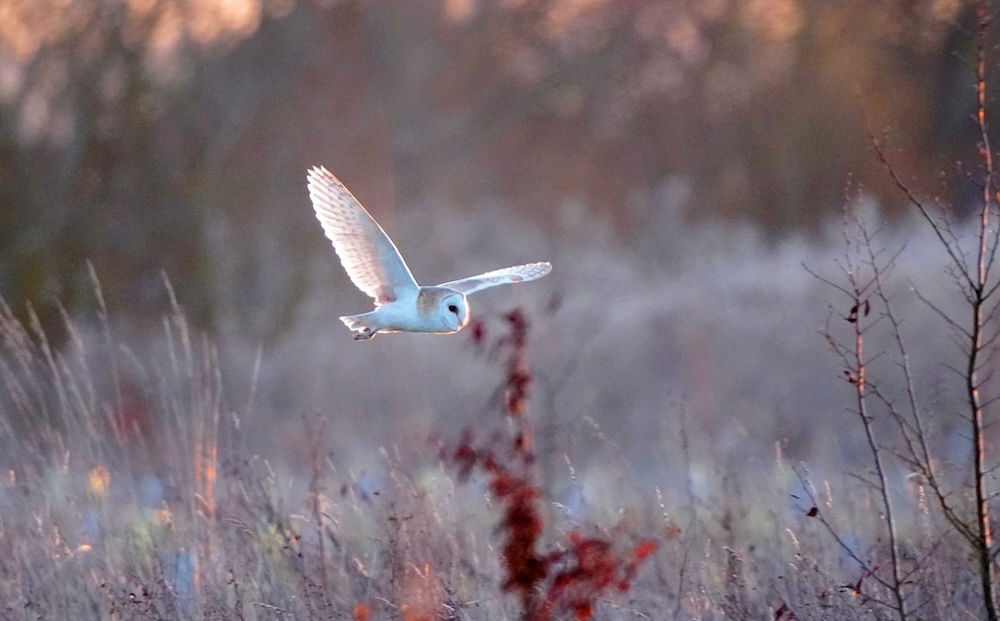
Part of the reserve was previously leased by the RSPB but it’s now fully owned and managed by the Merricks family, who have been working to restore and conserve the land here for over 40 years. It is currently run by Gareth and Georgina Fulton, the son-in-law and daughter of the original owners, Philip and Corinne Merricks. Formerly an arable farm, Elmley was designated as a Site of Special Scientific Interest by Natural England in the early 80s, and since then no arable farming has been allowed, nor any chemicals used on the land. Having proactively managed the change from arable farming to nature conservation, in 1991 Elmley was designated a National Nature Reserve — the only one in the country that is farmer-owned and managed — in recognition of the restoration of its biodiversity. It remained solely a reserve and farm until 2013, when Georgina and Gareth began to put in motion diversification plans based around nature-tourism. I met Gareth on a recent visit.
“When we arrived in 2013, the RSPB had left, there were lots of derelict buildings and our focus was about breathing new life into the farm,” he told me, “but also working out how we would make the reserve sustainable in the long run, because we knew there was a chance of funding changes [due to Brexit].
“Our vision was to try and bring people into the landscape here in a way that hadn’t happened before. Previously, visitors were largely expert birdwatchers, it was quite hard to get down to Kingshill Farm and there were no facilities. The farm stands ten metres above the marsh and gives the most incredible views across to the East and marshland as far as you can see, and the sunrises are stunning. We’d moved into Elmley cottage which was off-grid at the time and thought, how do we get people to share these views and have this experience?”
Today it’s the only National Nature Reserve in the country where you can stay inside the reserve — in the cottage or 18th-century farmhouse, shepherd’s huts or bell tents (in summer months) — and even get married. There are trips out to the far marshes with a guide which run all year, and you can take personal nature walks too. Elmley’s nature-tourism is thriving, with over 5,000 guests staying a year, alongside approx 25,000 day visitors.
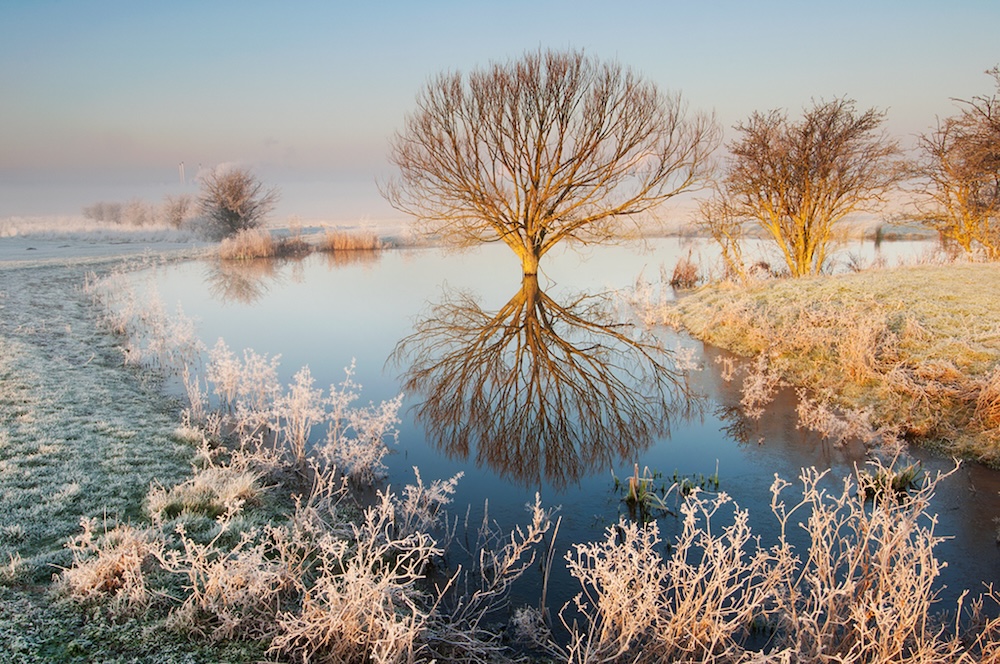
One of the reserve’s newer projects is trying to help restore the population of Curlew — a totemic bird of our wetlands with the most evocative call. Numbers are crashing in the south of the country, but for the last two years Elmley has joined the South of England Curlew project that “head starts” young birds, with eggs taken from bigger populations further north and then securely reared on the reserve. Fifty birds have been released over the last two years, and GPS tagging has shown they are staying within a close radius. “Without an intervention like this their decline would be complete”, says Gareth. “They will be extinct in lowland Britain in 20 years, so we’re giving them a toehold somewhere they can potentially thrive.”
On an even more ambitious level, Elmley is now looking ahead to projects that might mitigate the impact of climate change on it. Elmley — and Sheppey itself — occupy a fragile space, a flatland on the edge of the North Sea, and water levels are a constant concern. “We’re seeing species moving north in Europe and beginning to colonise here because they can now survive the warmer, wetter winters, like Egrets — we have breeding Cattle Egrets now, and we’re starting to get Glossy Ibis too”, says Gareth. “We feel we’re in this moment to try and protect the freshwater marshes and look at our sea defences. There is so much more erosion on them because we’re getting bigger and more frequent storms.
“It’s only a matter of time before the sea will come over the walls — there will always be a storm you can’t stop, so it’s about being survivable. Wildlife is adaptable — it can handle a bit of disturbance and as long as that salt seawater’s going to leave, gradually washed away by rain, it can take that. But if a sea wall fails, the seawater can come in in an unmanaged way and we’ll lose a lot of habitat and species with no return.”
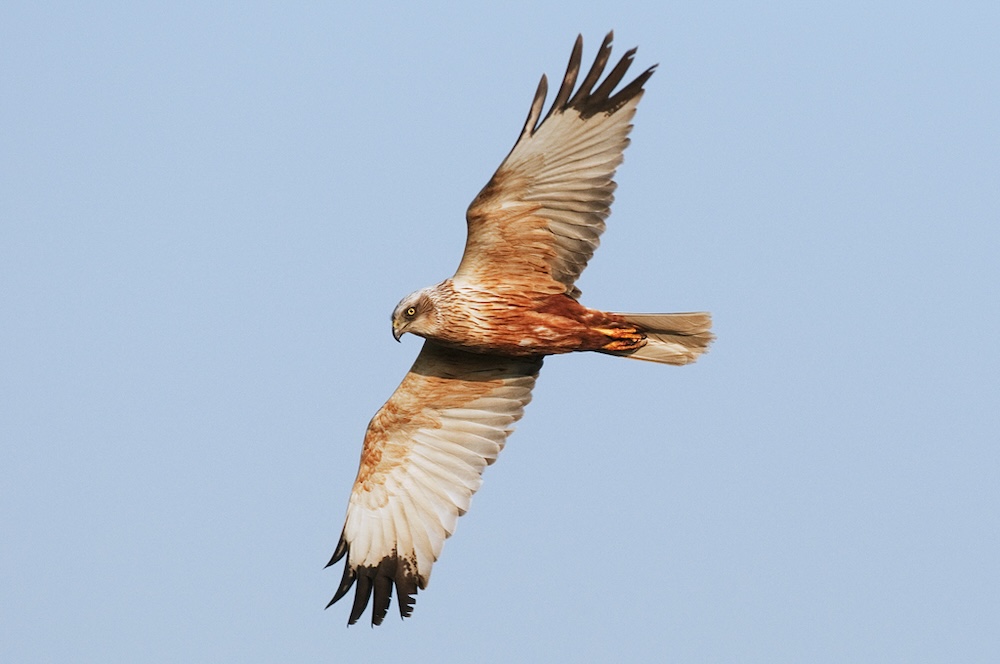
Elmley are consulting with the Environment Agency and other bodies on recreating an area of saltmarsh, a major project that would involve breaking the sea wall in one place. It is something which is not lightly considered in the UK — a managed retreat. “Salt marshes are very good at dissipating storm and wave energy so it should also help to stop flooding in places like Sittingbourne and other local towns. Salt marshes are really good at capturing carbon as well so there should be huge benefit there — we should be able to measure and store the carbon too.”
With no fewer than three prisons, a lot of pylons and wind turbines and big clusters of caravan parks to the north, Sheppey has had something of an unlovely reputation, but that is changing. On my last visit I had great views of a burgeoning starling murmuration, saw hundreds of Black Tailed Godwits, Redshank and Marsh Harriers, and got close-up views of huge hares; another Elmley speciality. I even recently saw a photo of a Bittern crossing the road in front of a delighted birder’s car.
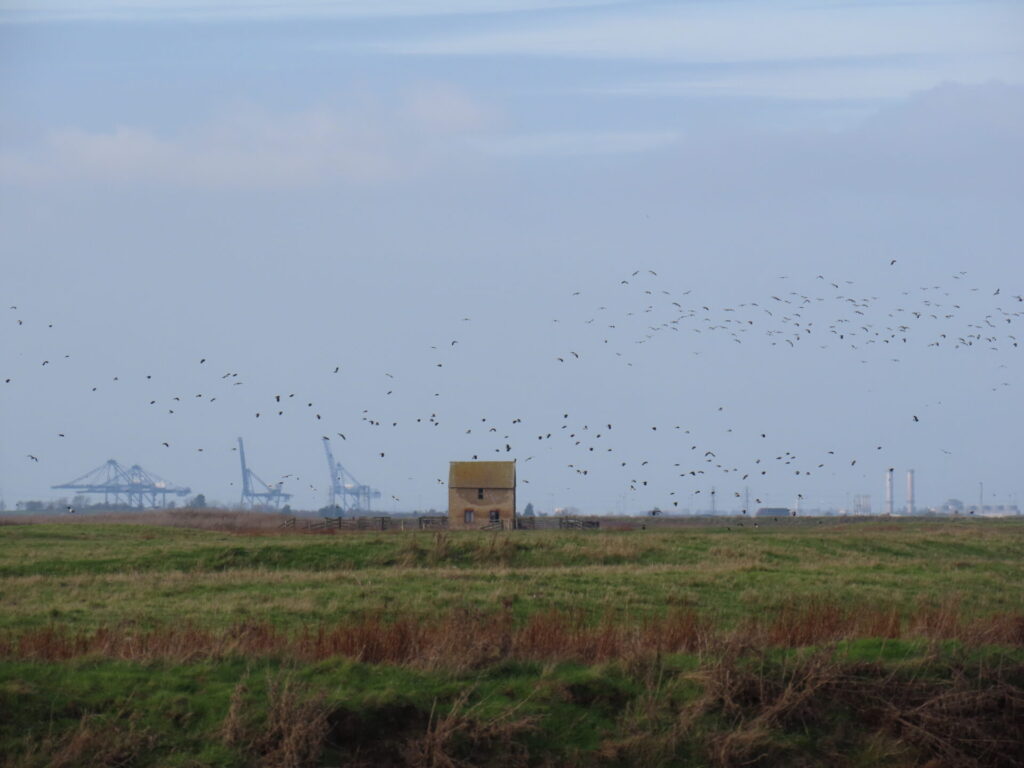
Before I leave, I meet Simon Ginnaw, the head nature warden. I ask him to sum up the allure of a place like this. “You can have a really big impact on nature by attracting people that aren’t necessarily your typical birdwatcher and can still give them an amazing experience that might encourage them to get involved more. I’ve just come back from a Land Rover tour this morning and the first birds we saw were Ospreys. People can have mind-blowing experiences.
“To be able to stay and visit somewhere that is this beautiful but also so noticeable for the numbers of birds and other species is really special. We’re an incredibly significant site internationally — we’re on the East Atlantic flyway for migratory birds that are coming from the Arctic moving further south and there are many species here that have come from Canada, Greenland, Norway, Finland, Russia, all of them funnelling through the English Channel. It means this is one of the best places in the UK where you can watch wildlife, and especially some very charismatic and quite scarce species. And all an hour away from London…say no more.”
*
Images 1, 2 & 6: Paul Bursche
Image 3, Barn Owl: Jim Higham
Images 4, and 5, Marsh Harrier: Robert Canis
Visit the Elmley website here.